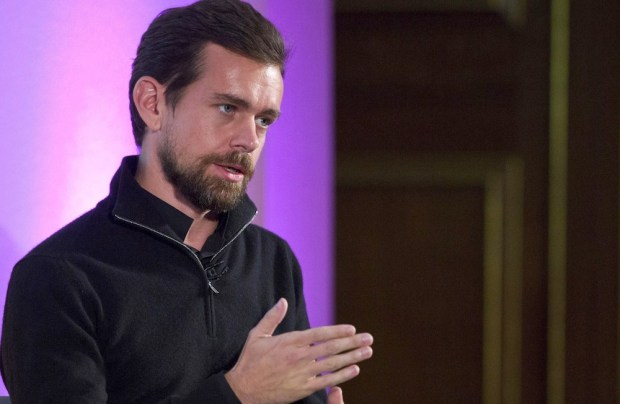Are Dorsey’s Dual CEO Roles Working Out?

Jack Dorsey is leading a double life, though, unfortunately, it does not involve being Batman.
Every morning, Monday through Friday, he is the CEO of Twitter, but by the light of afternoon, after a short run through San Francisco’s Market district, he transforms into the CEO of Square.
To make the transformation possible, however, is a bit more involved than walking up and down the block. Dorsey reportedly works an average 18-hour day most weekdays, has no wife or children and spends most of his time on call for both of the two challenging ventures he finds himself at the head of.
While Dorsey’s status as one of the primary innovators of the mobile Web was cemented well before 2015, his dual leadership efforts have vaulted him onto an even more rarefied list populated by the likes of Steve Jobs, who ran both Pixar and Apple, and Elon Musk, who heads up both Tesla Motors and (the privately held) SpaceX.
Musk, interestingly, does not really commend the experience, according to The Wall Street Journal.
“I wouldn’t recommend running two companies,” Musk said at a conference in October. “It really decreases your freedom a lot.” Musk has noted that, at some point, he will step down from his day-to-day leadership position at Tesla.
And Dorsey, notably, faces two rather steep challenges, as both of the companies he runs have had their share of recent difficulties. Twitter has recently struggled with slowing user growth and diminishing stock price; since Dorsey took over in October, the firm has seen its share price decline 16 percent. Square’s stock price, on the other hand, has been on the rise since its IPO a little over a month ago — up 36 percent — but is still trading below the private share price of a year ago.
Neither firm is currently turning a profit.
Dorsey has cited a strong leadership team beneath him at each firm. Dorsey has eight direct reports at Twitter and 10 at Square but, notably, has no designated number two at either shop — a fact that is of some concern to analysts.
“A classic CEO should have his hands in everything: financials, operations, personnel,” said Eric Flamholtz, professor emeritus of the University of California, Los Angeles Anderson School of Management. “But if you’re splitting your time between the two companies, it becomes much more about who the people are around you.”
But not all are so concerned.
“Managing multiple companies is the wrong way to look at the challenge,” said Suhail Rizvi, whose firm Rizvi Traverse Management LLC is an investor in Twitter and Square, through a spokesman. “The key is can [Twitter] continue to develop new products and attract the best talent? These are the areas in which Jack excels.”
For now, Dorsey is managing with long hours, a strict schedule that has him occasionally exiting meetings suddenly and an out-of-the-box approach to multitasking, including a day spent by Twitter’s executive chairman, Omid Kordestani, acting as Dorsey’s driver so that the two could have needed face time that would have otherwise been impossible to cram into Dorsey’s 18-hour day.
“When he comes into the room, you get this sense of comfort that you’re with a very grounded person,” Kordestani said.
The billion dollar question, of course, is: Can Dorsey do it? In recent weeks, Twitter’s head of design, director of corporate strategy and a senior engineering exec have all moved on or announced an intention to and dwindling leadership is never a sign of strength or morale.
A Twitter spokesman said that each of those people left for different reasons, according to WSJ.
“The results will be apparent over the next few quarters,” noted Rizvi.
